Anterior cervical decompression and fusion (ACDF) treatment is a widely used surgical procedure for treating cervical disc diseases and related symptomatology. The cervical spine consists of seven bony vertebrae and cartilaginous discs within each intervertebral joint. Located along your neck, the cervical spine protects your spinal cord and related nerve branches in addition to supporting your head and neck movement.
Damage or deterioration to the vertebrae or spinal joints can lead to herniated discs, narrowing (stenosis) of the spinal canal, as well as instability and rigidity of the cervical spine. These and other conditions can lead to symptoms such as pain, numbness, tingling, or weakness in the neck or upper extremities.
Typically, Dr. Morrison will first recommend nonsurgical approaches to treat your symptoms including medications, injections, and rehabilitative therapies. However, when nonsurgical options fail to adequately address the problem, surgeries such as ACDF procedures may be considered.
ACDF treatment is considered a safe, standard neck surgery used to treat neck pain and other symptoms of cervical spine dysfunction. Here we discuss the benefits, risks, and considerations for ACDF cervical neck surgery to inform your understanding of and decision-making regarding this surgical intervention.
What Happens During ACDF Treatment?
During an ACDF procedure, Dr. Morrison will make an incision at the front of your neck and carefully move the soft tissue to access your cervical spine. He will then remove the damaged disc or discs, insert a bone graft or synthetic implant to maintain the vertebral space, and use a device to fixate and reinforce the adjacent vertebrae to the new implant. Because the cervical spine is more easily accessed from the front (anterior) of the neck (cervical), many surgeons will opt for this anterior surgical approach compared to its posterior counterpart (PCDF). Additionally, patients often experience less discomfort after an ACDF procedure compared to posterior approaches since less muscle tissue needs to be cut and moved.
Potential Neck Surgery Health Risks and ACDF Considerations
All surgical procedures, particularly of the spine, carry inherent risks that should be considered and discussed with Dr. Morrison. Some risks specifically associated with anterior cervical decompression and fusion surgery may include the following:
- Dysphagia or difficulty swallowing. Some patients experience difficulty swallowing, or dysphasia, after surgery. While nearly 90% of patients reported some degree of dysphagia following surgery, only 1% of patients reported symptoms lasting longer than 3 months. This is largely because the structures and tissue at the front of your neck also play a role in supporting your voice and swallowing functions. Those tissues may need time to recover if they are disrupted by the ACDF procedures. Though a common part of the post-surgical recovery process, it is important to note that most individuals do not experience long-lasting dysphagia.
- Other throat and voice complications. Though uncommon, some patients may experience a swollen throat, hoarseness, or vocal cord palsy after surgery. Again, this is largely due to the proximity of voice and throat structures to ACDF surgical sites in the front region of the neck.
- Worsening of symptoms or lack of relief. Patients reported an 85-95% success rate for ACDF procedures including significantly reduced pain and resolved neurological symptoms. However, some patients may not experience significant symptom relief after surgery or, less frequently, may require additional surgery for pseudoarthrosis, or failed bone fusion.
- Loss of spinal flexibility. Part of the purpose of an ACDF procedure is to “fuse” the neighboring healthy vertebrae to the new vertebral implant via hardware and long-term bone growth. This fusion is necessary to protect and support the affected cervical spine. However, this also naturally creates a risk of limited neck mobility.
Infection, excessive bleeding, cerebral spinal fluid leak, and changes to the shape or height of the spine are additional risks associated with ACDF surgeries.
Though you may return to many daily activities within just a few days, you can generally anticipate at least 4-6 weeks of recovery time with some activity restrictions to support your healing. Additionally, it may take up to a few months for a full recovery. Ask Dr. Morrison if there are specific risks, benefits, or recovery considerations you should evaluate when contemplating ACDF surgery.
Ask Dr. Morrison If ACDF Treatment Is Right For You
Patients deserve exceptional safety and quality of care when managing neck pain and considering spinal health interventions. As your expert South Florida neurosurgeon, Dr. Morrison and the Morrison Clinic team are proud to offer excellence in anterior cervical decompression and fusion surgery.
Dr. Morrison takes pride in providing outstanding care to his patients which includes tailoring treatment recommendations to your specific health and quality of life needs. When meeting with Dr. Morrison, he will take the time to accurately diagnose your neck pain, consider additional health factors, and provide you with options for care that will maximize your recovery and outcome potential.
If you are interested in ACDF treatment or want to know if it is an option for you, contact our office today to schedule your e-consultation.

